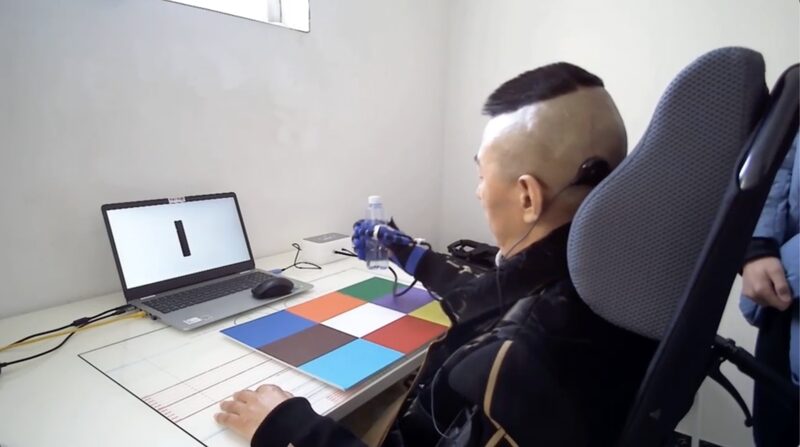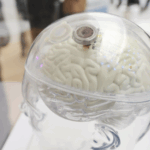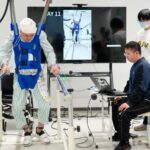China just took a giant leap into the future of healthcare with new pricing guidelines for brain-computer interface (BCI) services—tech straight out of a sci-fi movie! 🚀 The National Healthcare Security Administration outlined fees for procedures like invasive implants and non-invasive adaptation, bringing this cutting-edge science closer to real-world medical use.
What is BCI? Let’s Break It Down 🔬
Imagine controlling a robot arm or typing with your mind. That’s BCI in action! It connects brains to external devices through invasive electrodes (implanted) or non-invasive sensors (like a high-tech headband). China’s approach? A semi-invasive method called Neural Electronic Opportunity (NEO), developed by Tsinghua University’s team led by Hong Bo. Unlike Elon Musk’s fully invasive Neuralink, NEO sits between the skull and brain tissue, minimizing damage while boosting signal quality.
Real Patients, Real Results 🩺
In clinical trials at Beijing’s Xuanwu Hospital, a paralyzed patient regained hand movements using a BCI-powered air glove. 🤯 Three patients have received NEO so far, with plans to scale to 30-50 cases by 2025. Plus, a new Shanghai production line aims to make 10,000 devices annually!
What’s Next? Smaller, Faster, Smarter 🔋
Hong’s team is already working on a coin-sized NEO upgrade, packing 64 channels and lighter materials. Think of it as the iPhone 15 of brain tech—sleeker, smarter, and way more powerful. 🪙💻
Reference(s):
China sets pricing guidelines for brain-computer interface services
cgtn.com








